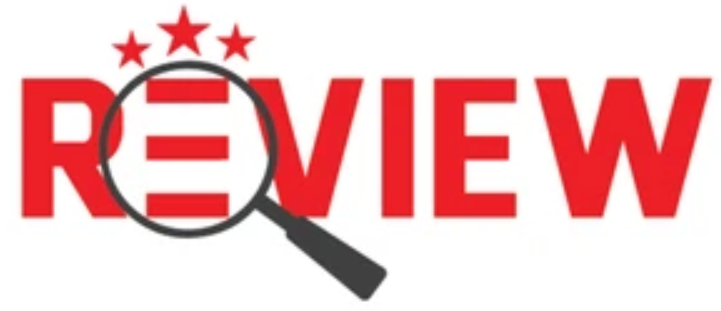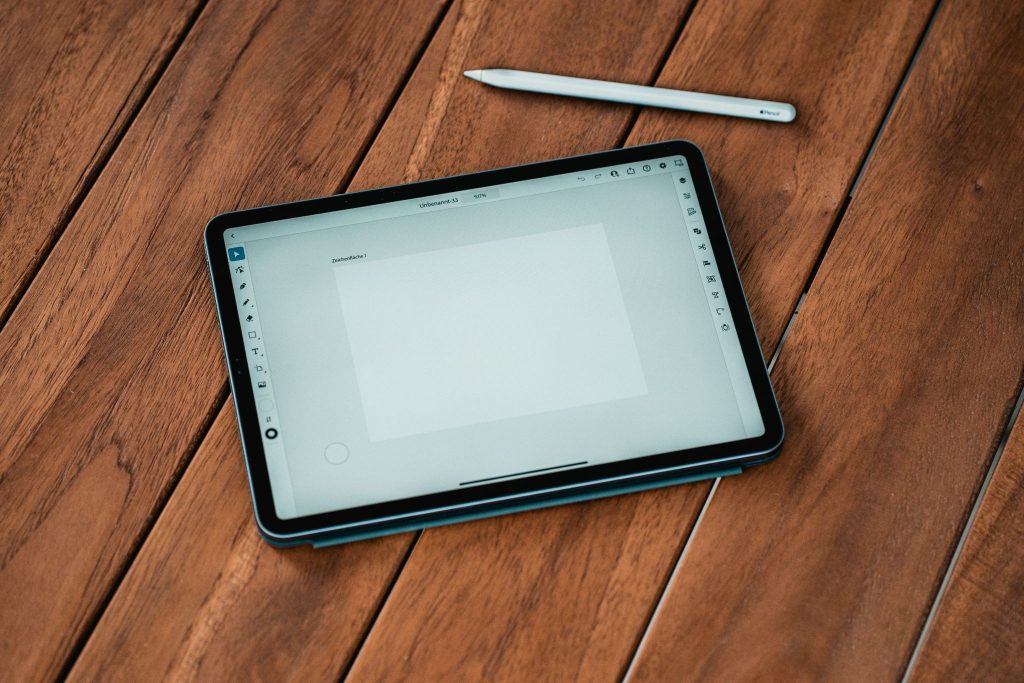
In today’s world of remote work, hybrid meetings, and mobile workflows, a tablet isn’t just a “nice-to-have” accessory—it can be a central productivity tool.
Whether you’re presenting to clients, taking handwritten notes, sketching ideas, running spreadsheets, or doing field work, the right tablet can boost your efficiency. That said, business use imposes higher standards. Below is a breakdown of what to look for, why it matters, and some top picks.
What to Look For: Key Features for Business Tablets
Before diving into models, it’s good practice to establish criteria. According to multiple sources, here are the top features business professionals should prioritise:
- Processing Power & Multitasking: Running productivity apps, having multiple windows, multitasking—look for strong CPUs, 8 GB+ RAM (16 GB for heavier use).
- Keyboard / Stylus / Accessories Support: For note-taking, sketching, editing, a tablet that supports a keyboard and/or stylus transforms into a serious work machine.
- Battery Life & Mobility: You don’t want a device that dies mid-meeting or while commuting. Business tablets should target full-day usage.
- Display Quality & Build: Sharp resolution, bright screen (for outdoor/meeting use), and durable build matter—especially when presenting or traveling.
- Connectivity & Security: WiFi 6/6E or 5G, USB-C / Thunderbolt, enterprise-grade encryption and manageability matter for business.
- Form Factor / Portability: A balance between size (screen real estate) and weight/portability. Heavier tabs drain your bag; too small and you’ll struggle for real work.
How to Choose Based on Your Workflow
Depending on what you actually use your tablet for, your ideal pick may differ:
1. Frequent Traveler / On-the-Go
If you’re always between meetings, flights or sites, look for something lightweight, with good battery life, cellular/5G option, and quick resume/boot. Durable build helps.
2. Presentation / Creative / Notes Focus
For someone who delivers presentations, sketches, annotates documents: big, high-resolution display + stylus support + keyboard cover are must-haves.
3. Field / Rugged Use
For work in manufacturing, logistics, field service—durability and connectivity (e.g., rugged case, MIL-STD rating, 5G, optional barcode/port add-ons) become critical.
4. Laptop Replacement / Power Workflows
If you’re doing serious work—e.g., full-sized spreadsheets, multitasking apps, remote desktop, enterprise-grade software—then you’ll want a device that comes close to a laptop in performance and flexibility (e.g., Windows tablet or iPad with keyboard).
Top Tablet Picks for Business
Here are some of the best tablets you should consider (assuming they meet your budget and regional availability). Note: accessories like keyboard or stylus might be sold separately.
Apple iPad Pro (13‑inch)
Price not available
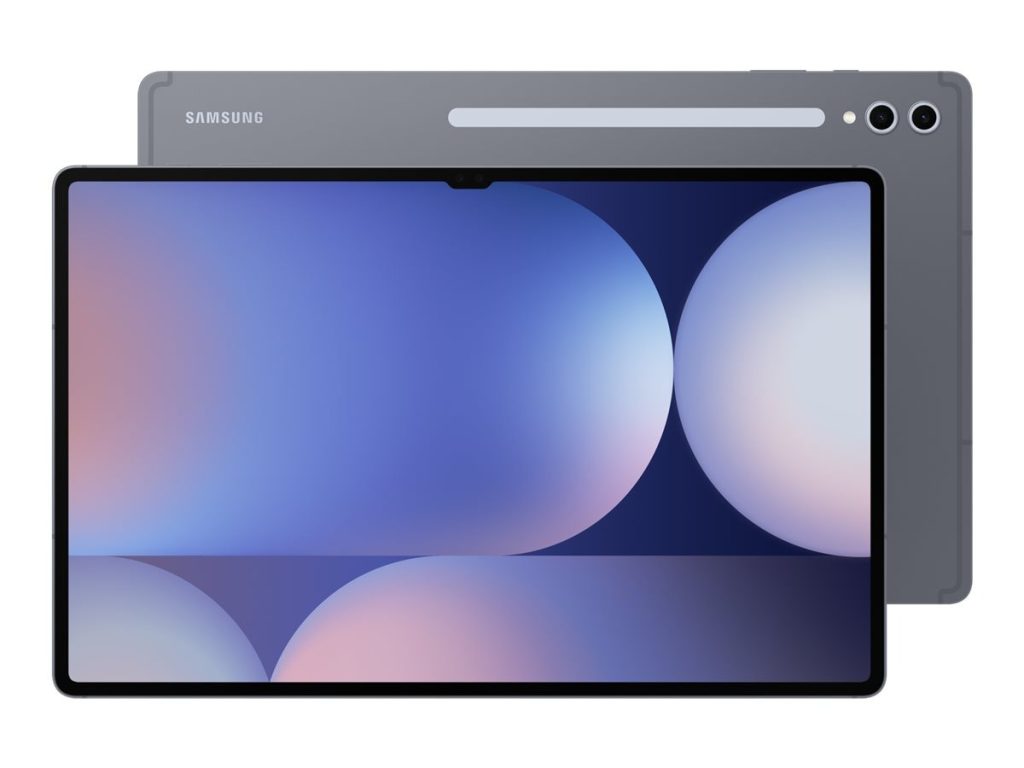
Samsung Galaxy Tab S10 +
Price not available
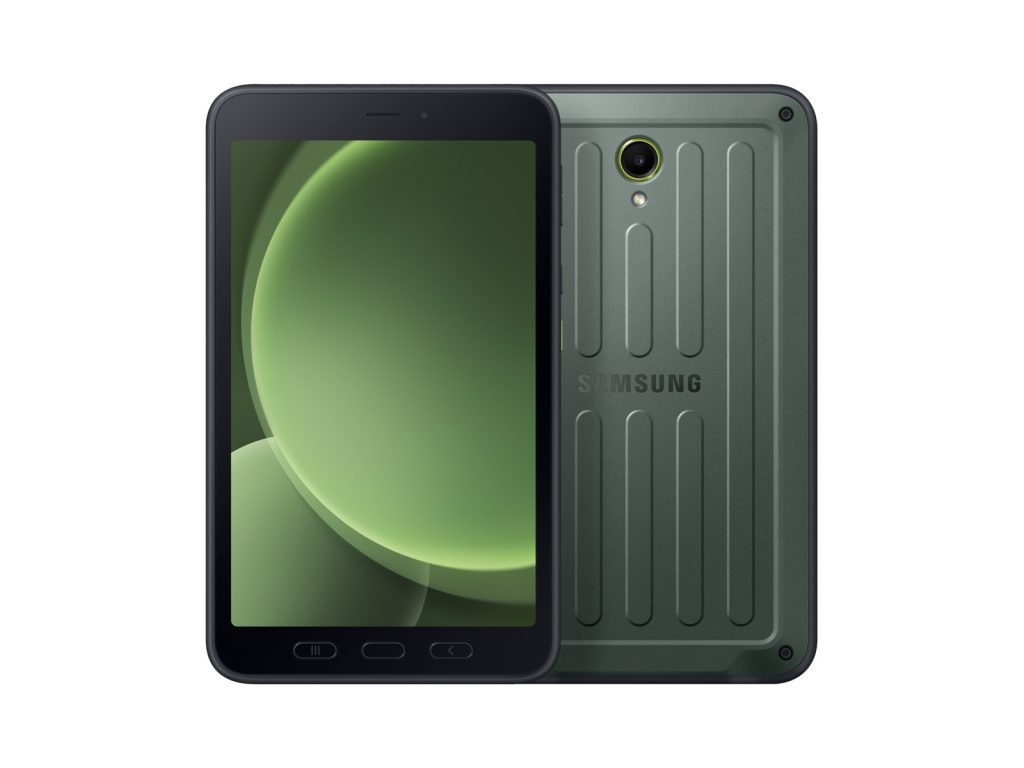
Samsung Galaxy Tab Active 5
Price not available
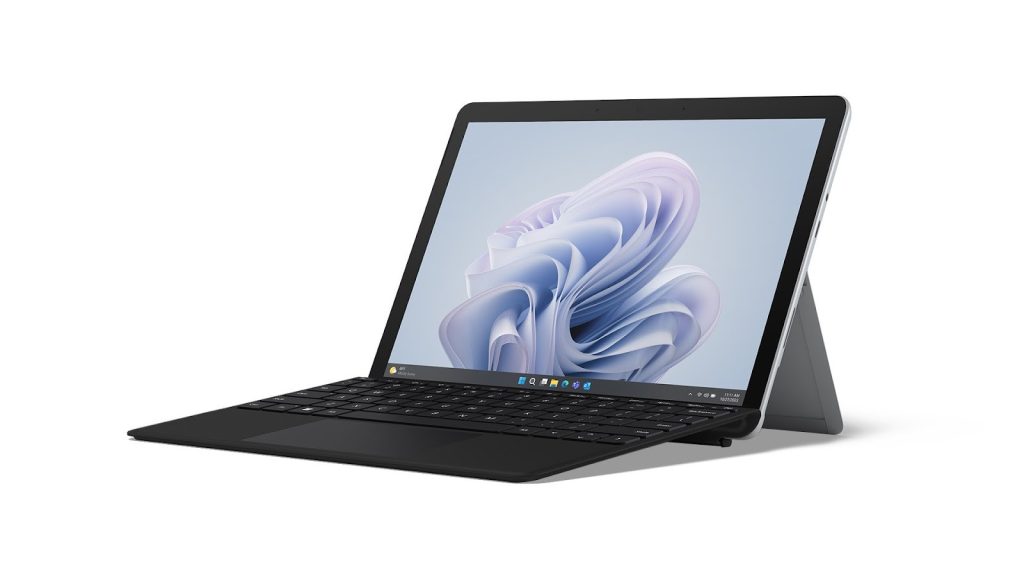
Microsoft Surface Go 4
Price not available
Apple iPad Pro (M1/M2)
Price not available
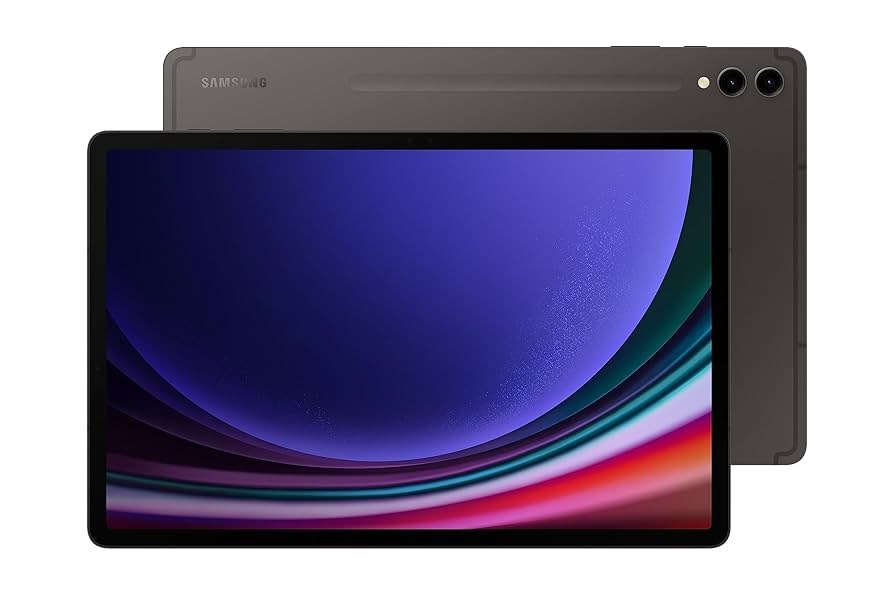
Samsung Galaxy Tab S9
Price not available
Lenovo Tab P11 Pro
Price not available
Apple iPad Pro (6th Gen)
Price not available
Go to merchant
Here’s a breakdown:
- Apple iPad Pro (13‑inch): The premium choice. Exceptional display, M-series chip power, stunning build. If budget is no object and you want the best, this ticks all boxes.
- Samsung Galaxy Tab S10 +: A high-end Android business tablet with large display, S Pen support, strong specs; great if you prefer Android ecosystem.
- Samsung Galaxy Tab Active 5: Rugged enterprise-grade tablet—ideal for field work, tougher conditions, business environments requiring durability.
- Microsoft Surface Go 4: Windows tablet suited for business workflows that require full Windows apps, keyboard, etc. Best when you want a full PC-style experience in a tablet form.
- Apple iPad Pro (M1/M2): Slightly older generations of the iPad Pro but still extremely capable and often better value if you find deals.
- Samsung Galaxy Tab S9: Upper-mid Android tablet for business, good compromise of features and cost.
- Lenovo Tab P11 Pro: Value large-screen Android tablet for business tasks—less premium but plenty good for many workflows.
- Apple iPad Pro (6th Gen): Future proofing: if you can wait or trade-in older models, this gives strong performance.
My Recommendations by Use-Case
| Use Case | Recommended Device | Why |
| All-round high-end business | iPad Pro 13-inch or Galaxy Tab S10+ | Top specs, display, accessories support |
| Business on a budget | Lenovo Tab P11 Pro / Surface Go 4 | Solid performance without top-tier price tag |
| Field / rugged / enterprise | Galaxy Tab Active 5 | Built for tougher environments, enterprise features |
| Full PC replacement | Surface Go 4 or iPad Pro + Magic Keyboard | Run full apps, keyboard + stylus support |
Potential Trade-Offs & Things to Watch
- OS & Software Ecosystem: iPadOS, Android, Windows all have strengths & weaknesses. Business apps compatibility can differ.
- Accessories Cost: Keyboards, stylus, docking solutions often sold separately—budget accordingly.
- Storage & Upgradability: Tablets often lack expandable storage; choose higher capacity if you store big files.
- Connectivity: If you travel or present often, consider cellular (4G/5G) models or bring hotspot. Also ensure proper USB-C/Thunderbolt port availability.
- Durability & Support: For business investment, you may want warranty, enterprise service, security updates—especially for 2-3 year lifespan.
- Battery/Charging: Business use demands more—so check actual real-world battery life and fast-charging support.
Final Thoughts
If you’re in the market for a business tablet in 2025, the “best” choice depends on how you’ll use it. Will it be your main work machine? Will you do heavy multitasking, presentations, and creative work? Or is it mainly for note-taking, email, meetings?
- If you want top-tier and future-proof → go premium (iPad Pro / Galaxy Tab S10+).
- If you need cost-effective but capable → mid-range Android or earlier iPad.
- If you’re out in the field / harsh environment → rugged enterprise model.
- If you need full desktop-style apps → Windows tablets like Surface Go.
Ensure you pick one that supports a keyboard/stylus (if needed), has sufficient performance (RAM/storage), and fits your accessory ecosystem and workflow.
